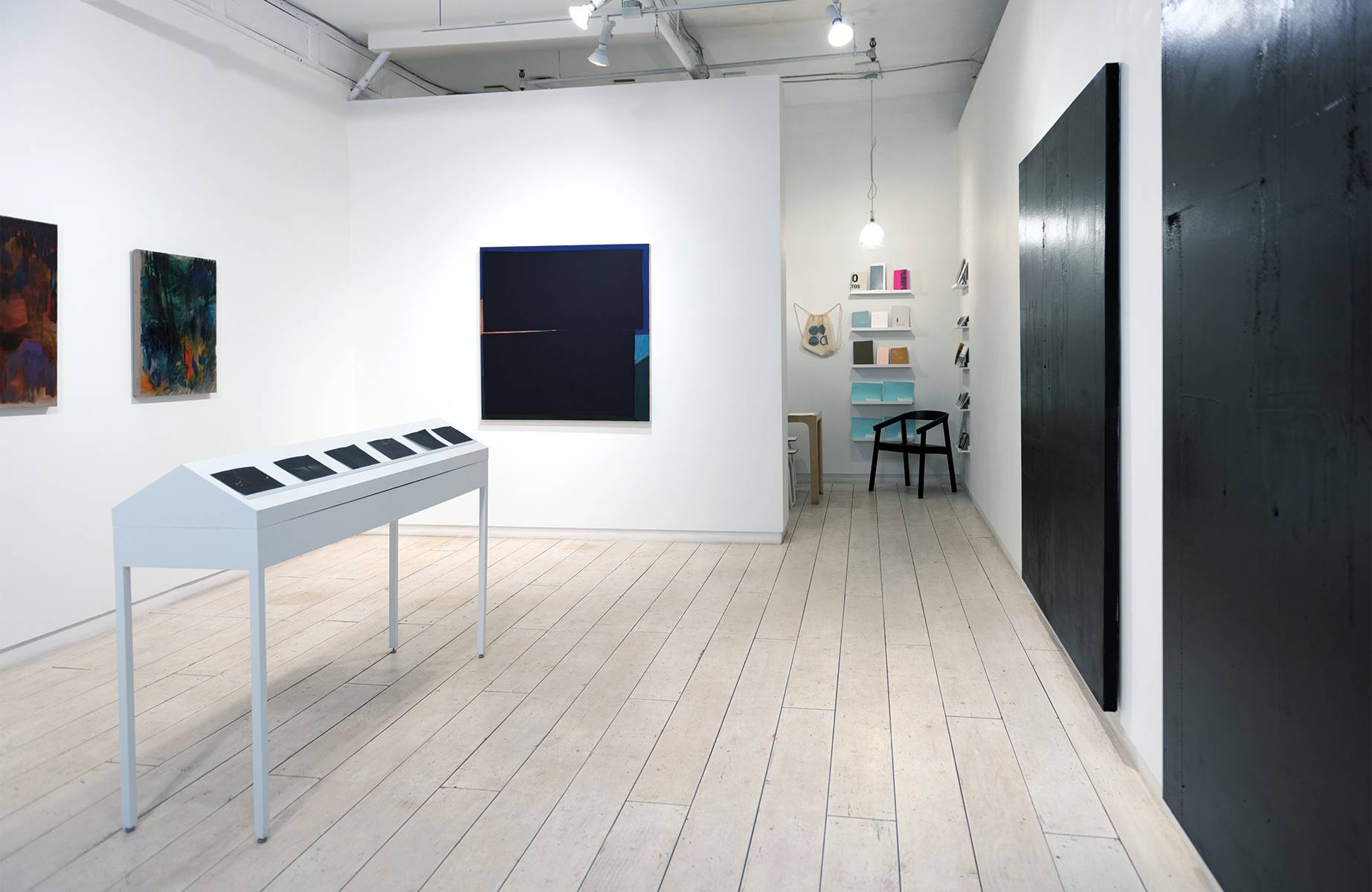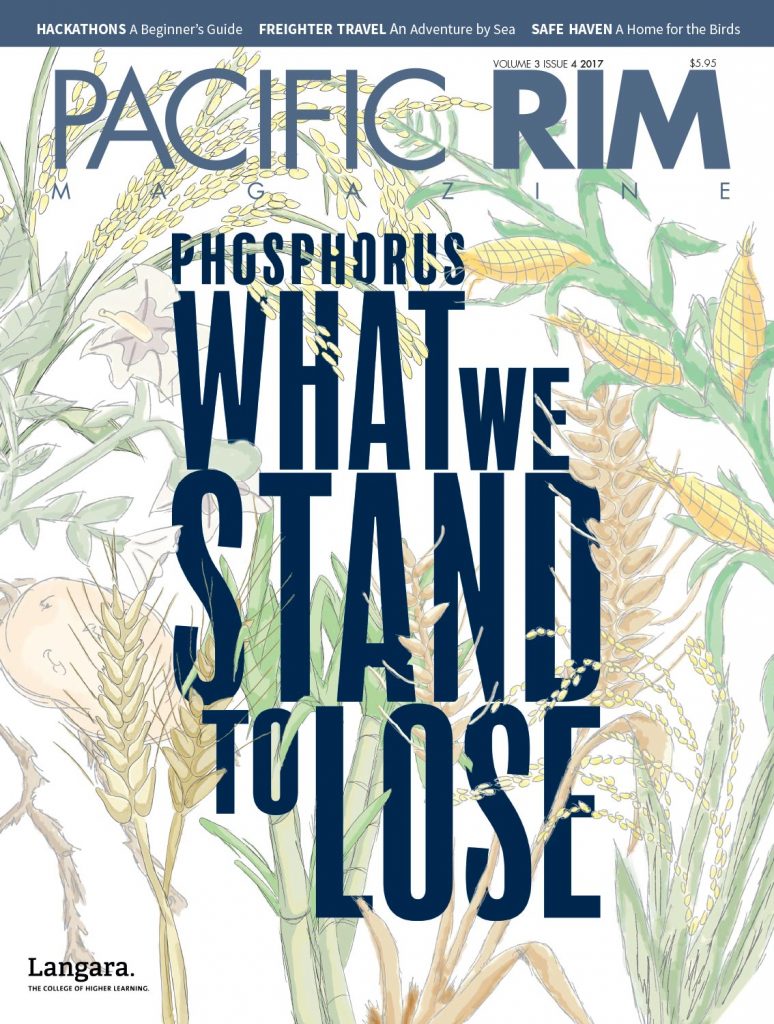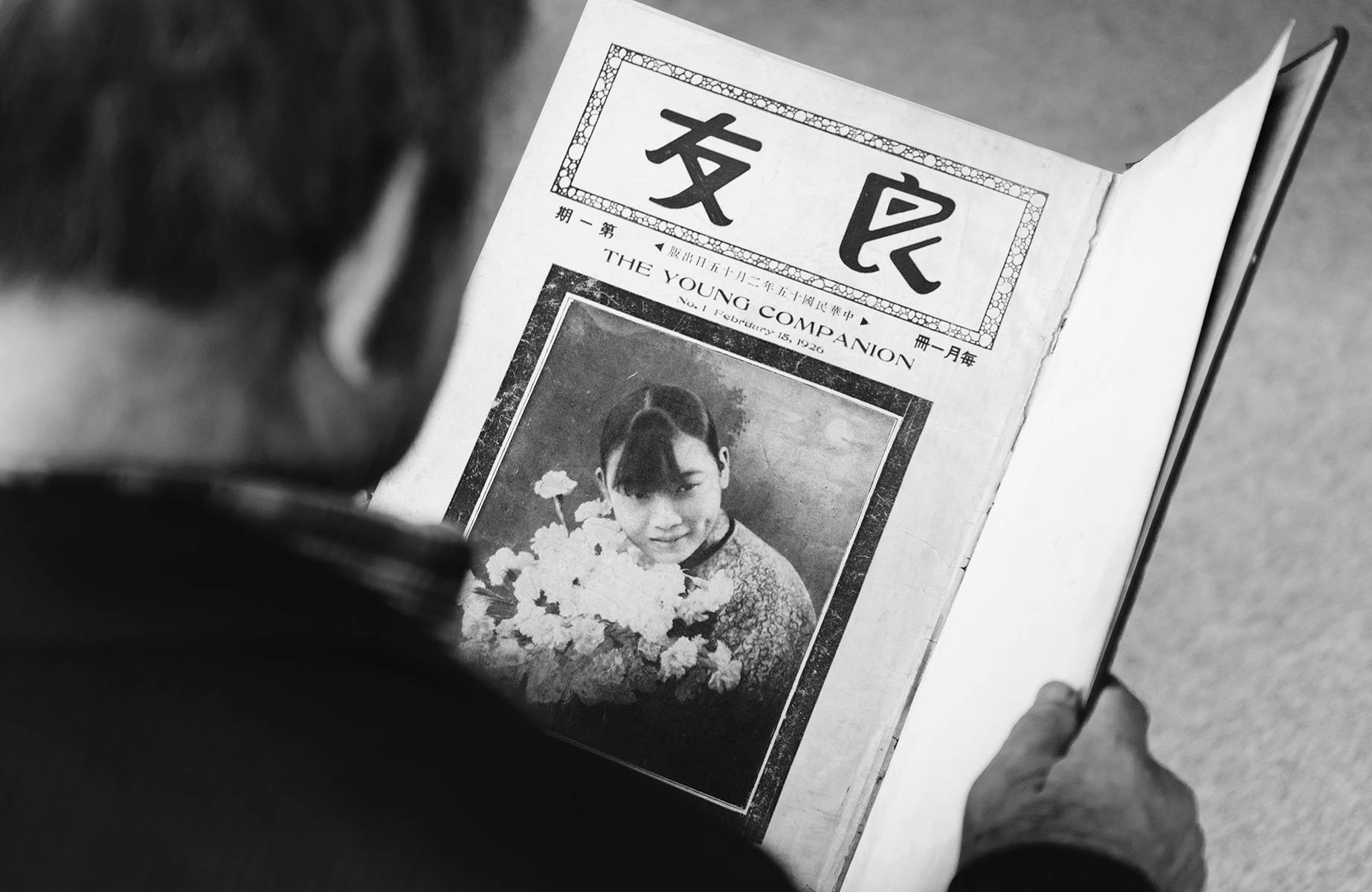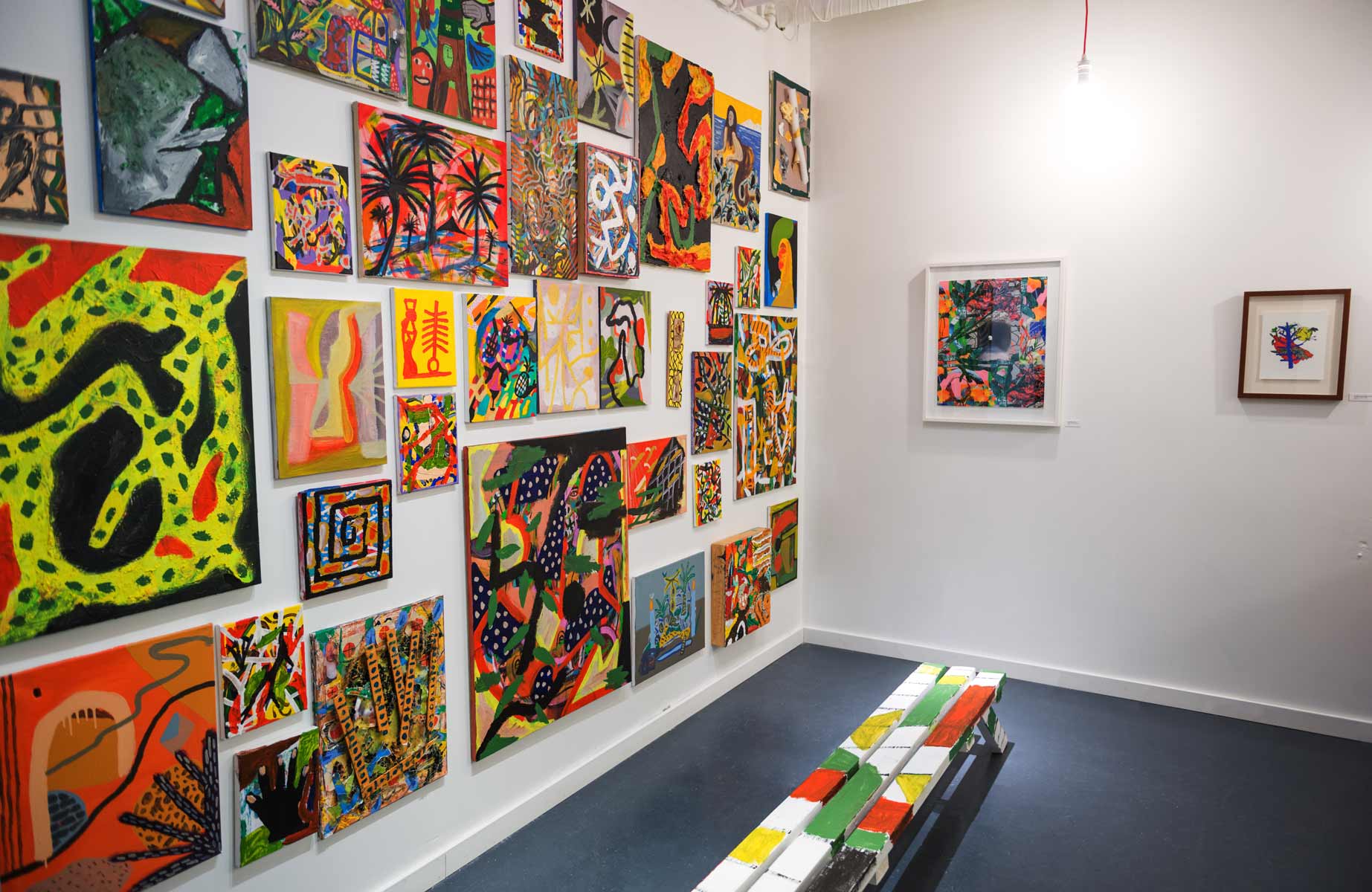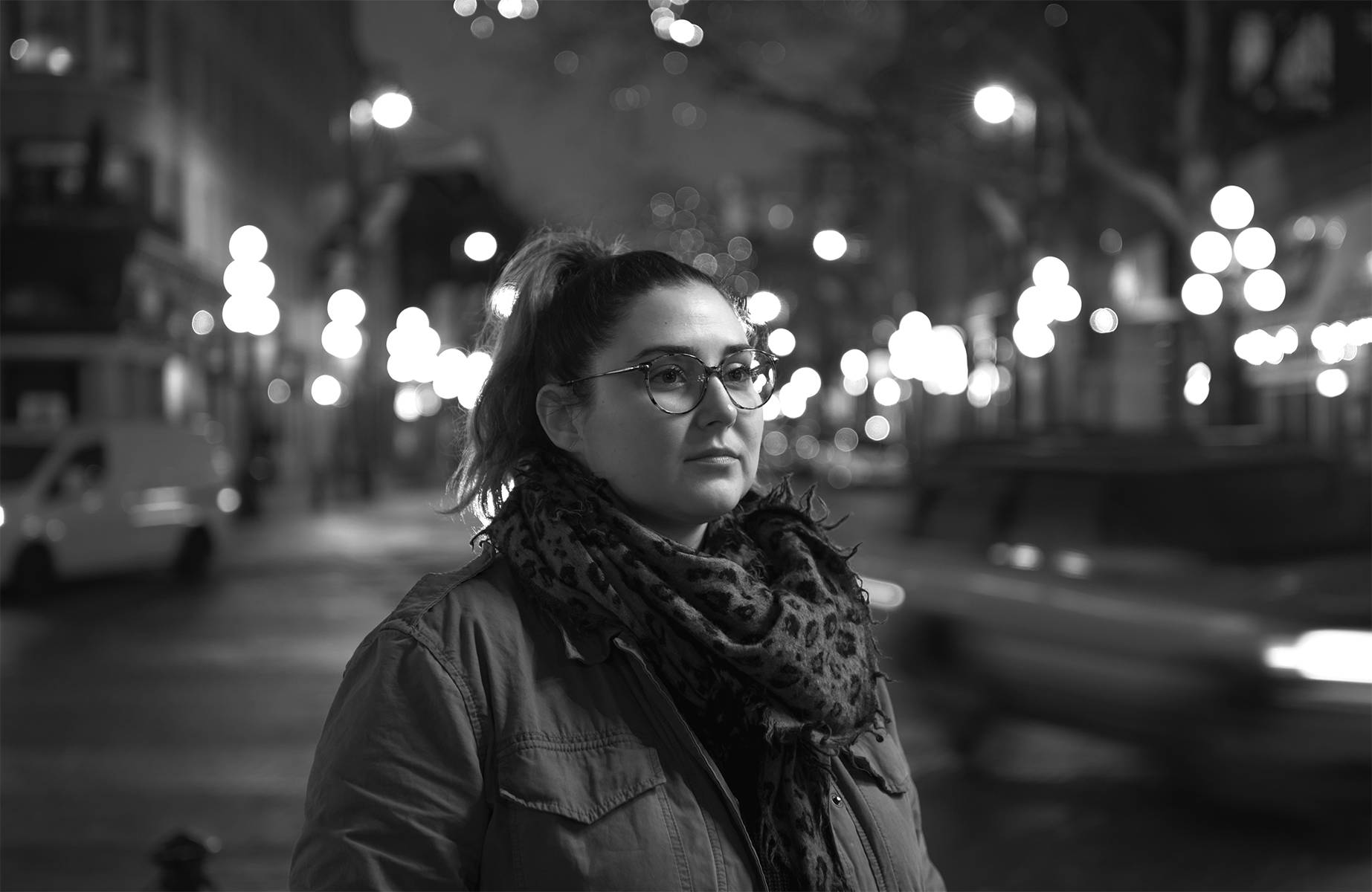In 2015 Access Gallery in Vancouver, BC, launched the Twenty-Three Days at Sea artist residency. The small, non‑profit, artist-run gallery offered an opportunity for successful applicants to embark on a voyage aboard a container ship across the Pacific Ocean from Vancouver, Canada to Shanghai, China. The crossing takes approximately 23 days and provides artists the space, freedom, and time they need to create their art. According to Access Gallery’s website, “The cargo ship — sailing across a vast and ‘empty’ space of the sea, nearly always invisible to those on shore and yet inextricably threaded through all our lives — seemed to offer a near bottom- less container for the imagination, for narrative, and for cultural critique.” This unorthodox artist residency program was initially funded via Kickstarter, but also relies on partnerships with different arts organizations and a container shipping company.
Access Gallery was founded in 1991 by a group of visual arts students from the University of British Columbia. They needed a space to show their work as part of their graduation criteria, but it was hard for the emerging artists to find a space that would allow them to display. Access Gallery has moved around Vancouver several times over the years, but it currently resides in Vancouver Chinatown.
Curator and director Kimberly Phillips says Access Gallery aims to create visibility and advocate for up-and-coming artists, especially those pushing the envelope with experimental visual art. One of the ways Access does this is through its commitment to pay artists fairly. Even though Access has struggled over the years, Phillips insists its role is critical in the cultural scene. “If there is no place for artists who are experimenting, who are at the edge of new ideas to show,” she says, “it means there is a link that is missing.”
For the exhibits, Phillips can pick artists she encounters through her network, but the gallery generally functions on a submission basis. This means anyone can present their work to the gallery. Phillips stresses the importance of submissions for a gallery dedicated to undiscovered artists.
So far, six artists have participated in the Twenty-Three Days at Sea residency in 2015 and 2016. Two more are embarking on this adventure in the spring of 2017. According to the gallery’s website, when Twenty‑Three Days at Sea launched a call for applications in 2015, they “received over 800 proposals submitted by artists hailing from sites as far afield as Sevastopol, Lahore, São Paulo, and St. Petersburg.” Reflecting on the overwhelming response, Phillips says, “It was obvious that everybody is affected by the global shipping industry.”
In addition to Twenty‑Three Days at Sea, Access Gallery has other projects on the go. Foreshore, a yearlong collaboration between Access Gallery and the non-profit artist collective Other Sights, is both an artist residency and an exhibit space. This project was inspired by Vancouver’s position on the shoreline, and the impact that water has on major cities and societies around the world.
Whether through the exhibits, the collaborations, or the artist residencies Access Gallery offers, the gallery’s focus on supporting and advocating for emerging artists and their innovations is important to the long-term health and celebration of Vancouver’s culture.





